By Holly Mueller, Fifth and Sixth Grade Teacher
Memoir has always been one of my favorite genres to read and write, but it is not always an easy genre for young students to grasp. Its reflective nuances and deeper themes require more thought than the personal narrative. A memoir is not just a recounting of an event; the writer needs to dig through experiences and memories and make sense of them, figuring out how those big and small pieces fit together to make their life stories. This is no small feat for a 10 year old. Can they do it? Yes. However, they need a lot of modeling and rehearsing.
Start with Mentor Texts
I start a memoir unit with many mentor texts to inspire ideas for writing. Some of my favorite picture books to share with intermediate students are:
- Saturdays and Teacakes by Lester Laminack,
- When I Was Young in the Mountains by Cynthia Rylant
- All the Places to Love by Patricia MacLachlan
- This Is the Rope: A Story From the Great Migration by Jacqueline Woodson (her new novel in verse, Brown Girl Dreaming, is an amazing memoir)
- The Matchbox Diary by Paul Fleischman
- The Scraps Book: Notes from a Colorful Life by Lois Ehlert
- Once Upon a Memory by Nina Laden
- Grandpa Green by Lane Smith
- Year of the Jungle by Suzanne Collins
- And just about any Patricia Polacco story
I also immerse them in longer memoirs for small group instruction:
- Knucklehead by Jon Scieszka,
- Marshfield Dreams by Ralph Fletcher
- Knots in My Yo-Yo String by Jerry Spinelli
- Woodsong by Gary Paulsen,
- Looking Back by Lois Lowry
- A Girl From Yamhill by Beverly Cleary
- How I Came to Be a Writer by Phyllis Reynold Naylor,
- And one outlier, not written by a children’s book author, Soul Surfer by Bethany Hamilton.
Great short stories to read aloud are compiled in:
- When I Was Your Age, Volume One: Original Stories About Growing Up compiled by Amy Ehrlich
- Twelve Kinds of Ice by Ellen Bryan Obed.
Ideas to Generate Memories
Inspired by ideas from Georgia Heard and Penny Kittle, we make heart maps, hand maps and scar maps. On our heart maps, we draw a heart and map memories, happy and sad, that are close to our hearts. Students get creative with the designs they make within the heart, and they are encouraged to think in categories. For example, they may want to color-code categories such as Places I’ve Traveled, People Who Are Important, Hobbies and Activities I’ve Enjoyed, Food Memories, and Celebrations and Traditions. Our hand maps are drawn by tracing our hands and mapping things our hands have held, endured, worked on, created, been injured by or loved. Scar maps create all kinds of excitement. Students LOVE to talk about injuries, illnesses, broken hearts and stitches!
Time to Write!
When it comes time to write, I’ve found that introducing them to the Slice of Life meme at Two Writing Teachers and setting up blogs for them are a big hit. Writing short stories about memories and experiences on a regular basis is a great way to get students comfortable with reflective writing and helps generate a lot of writing material that students can draw from later. We (I write along with them) start choosing ideas from our mapping or Quick Writes (also gleaned from Penny Kittle – short 5-10 minute writing exercises on all kinds of topics) and start writing 250 word slices. We post them once a week. In March of 2013, I joined the Slice of Life March Challenge and wrote a short memoir every day during that month. I shared each one with my students. This year, before I asked students to write their own, I compiled about 25 mentor Slice of Life stories, with a few of my own, into a Google Document so they could see all the ways to tell a story and relay a memory. They loved posting their own slices. Our goal this year is to join the 2015 March Slice of Life Classroom Challenge.
Another way to rehearse before writing a full-length memoir is to create a family scrapbook. Students choose a focus so that it’s not a chronological account of their whole lives, but a concentrated look at a single event, person, theme topic, etc. For example, students have picked pets, a particular family member, a tradition, a sport or a single trip. They are instructed to write an introduction to place at the beginning or end that tells the story of the pictures in the scrapbook, including how the focus of the scrapbook changed them, made them who they are or who they want to be.
Exploring memories and making sense of them is a valuable skill and a creative force. It helps us experience the moments in our lives fully, reflecting on them before they are forever over and forgotten. Stories are what make us human, and when we help students make those stories a part of their history, present and future, we help them discover who they are and who they will become.
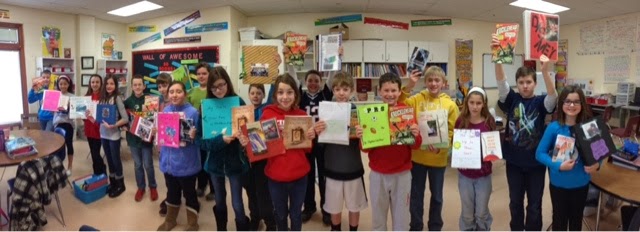
Fifth grade students and their scrapbooks.
Holly Mueller is a gifted intervention specialist who teaches accelerated 5th/6th grade ELA at Columbia Intermediate School in Kings Local School District in Ohio. She loves to read, teach, write, learn, hang out with friends and family, walk her dog and travel. Books cover every corner of her house and classroom. She has two college-age daughters and a husband of 25 years. She blogs at Reading, Teaching, Learning and tweets as @muellerholly. She is a contributor to Choice Literacy. She is currently reading I’ll Give You the Sun by Jandy Nelson and listening to two audio books (one in her car and one on her walks with her dog, Ben): Son by Lois Lowry and Landline by Rainbow Rowell.


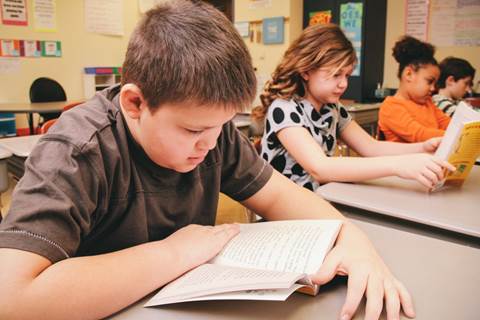
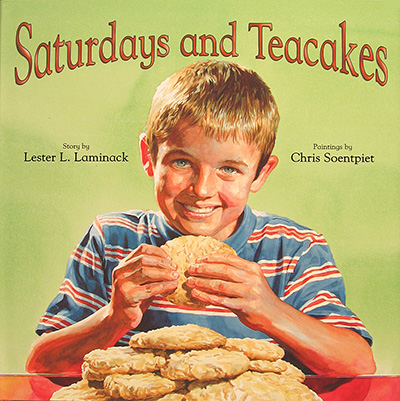
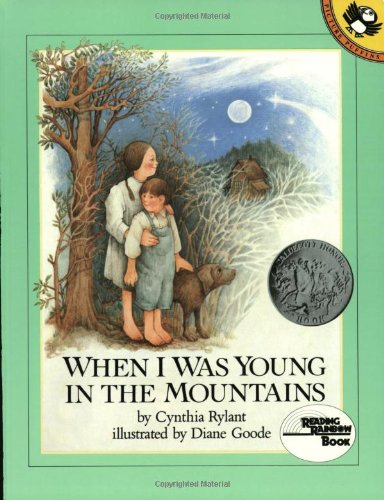
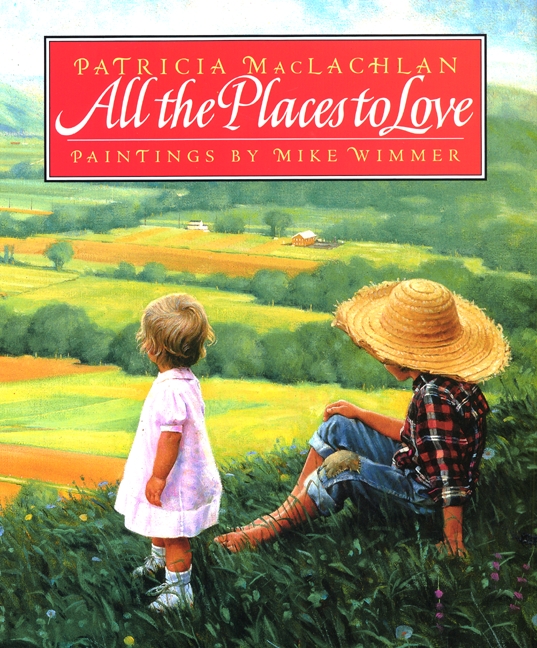
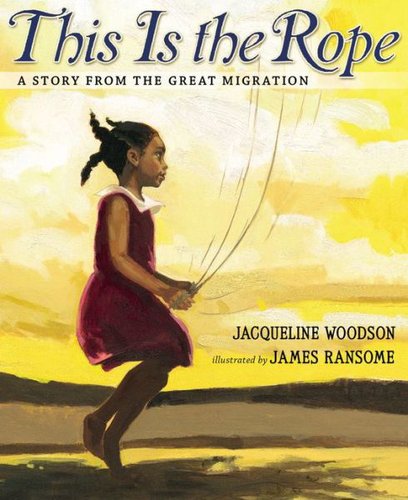
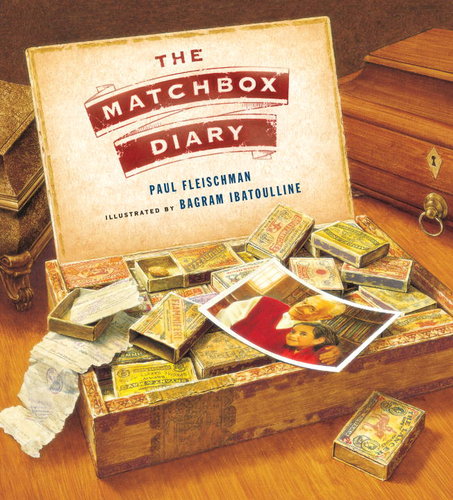
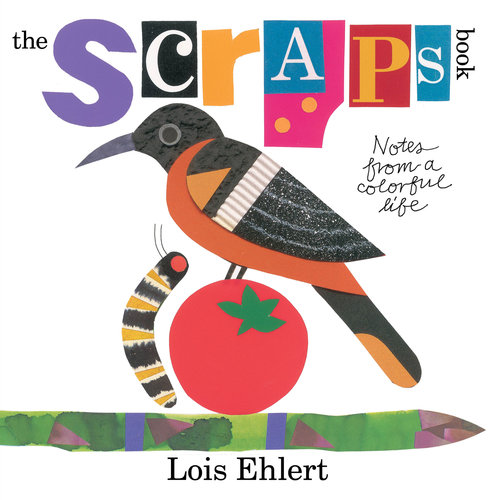
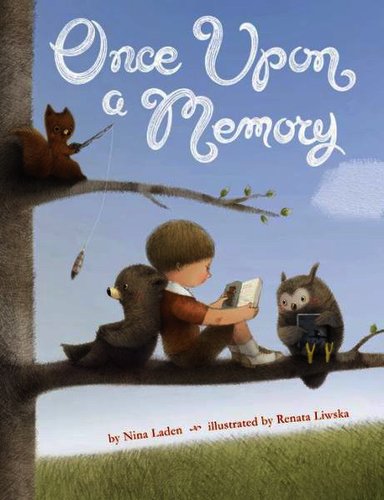
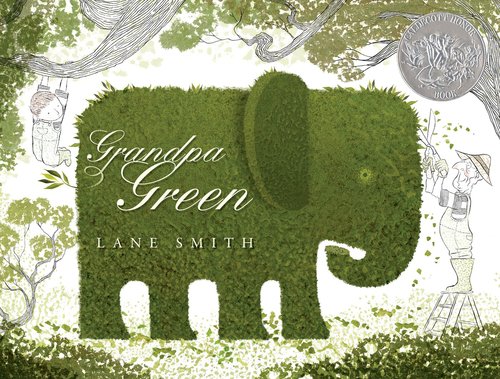
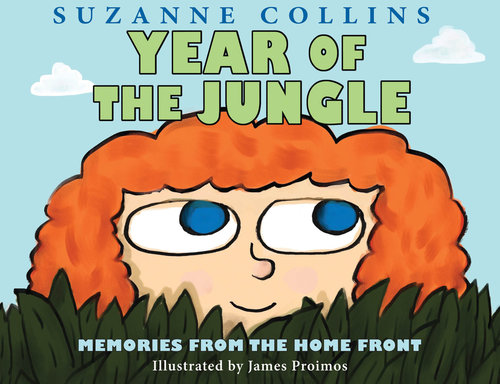
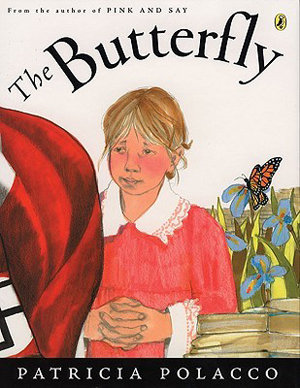
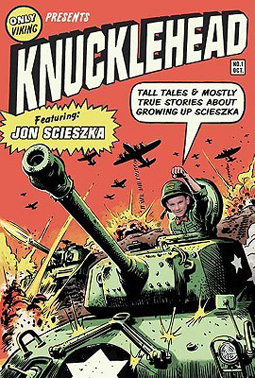
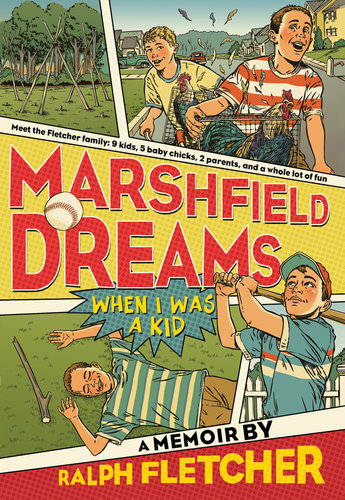
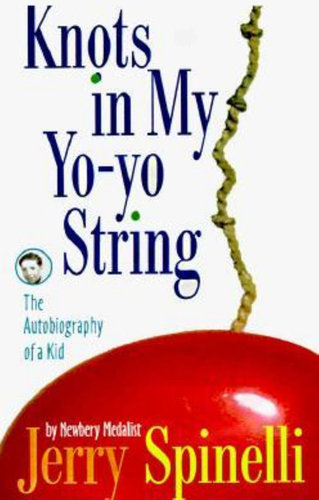
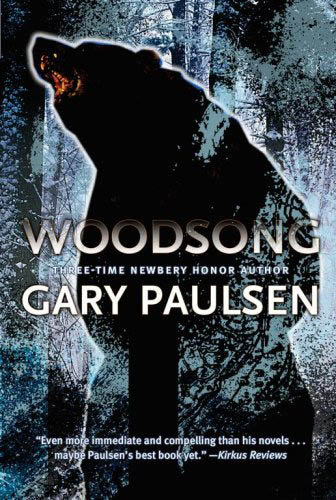
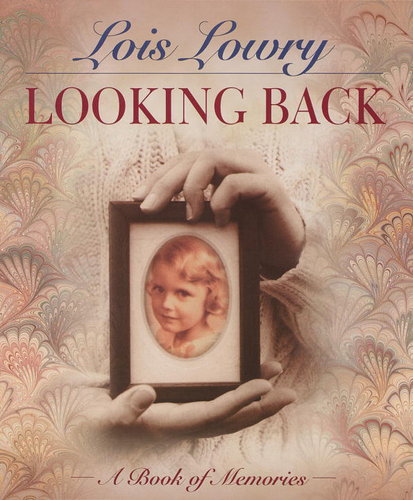
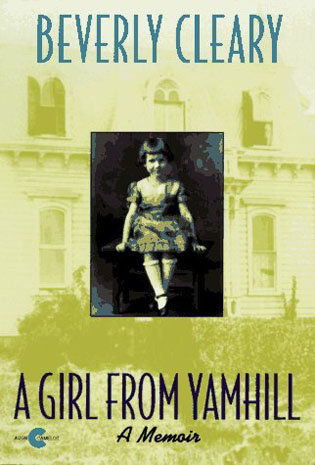
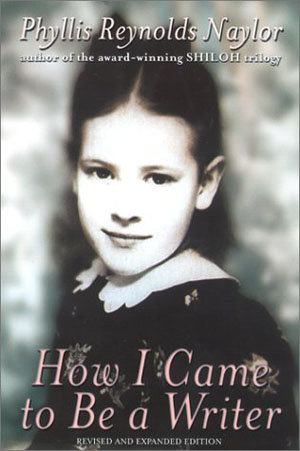
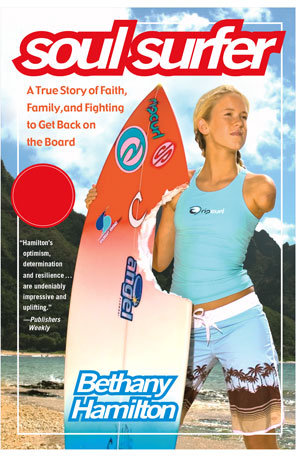
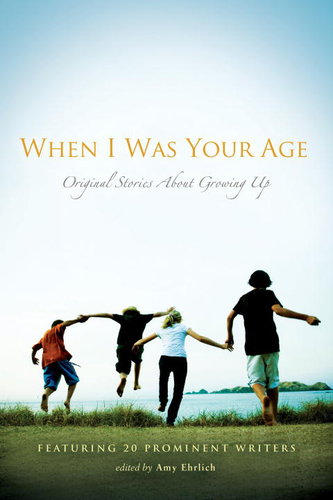
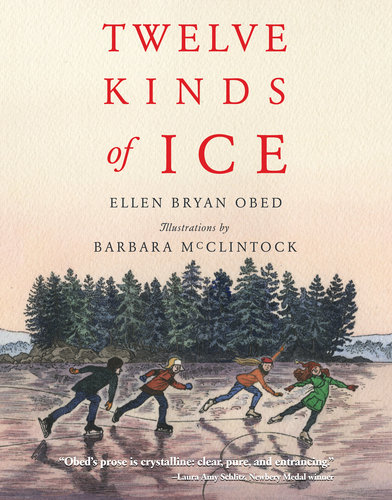
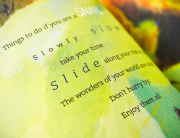
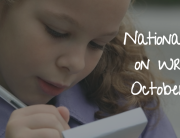
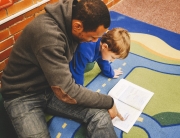
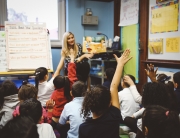
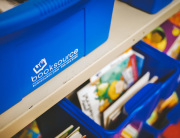
Leave A Comment